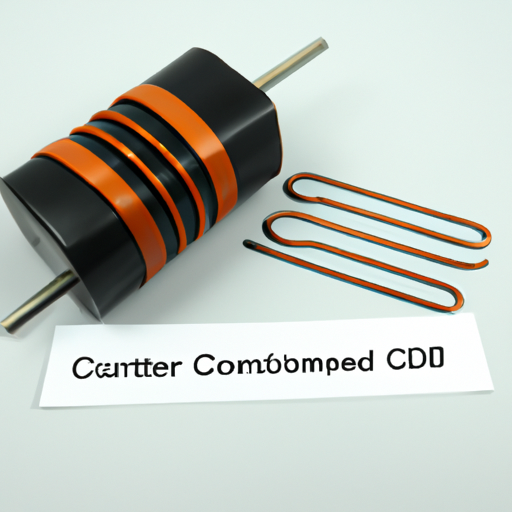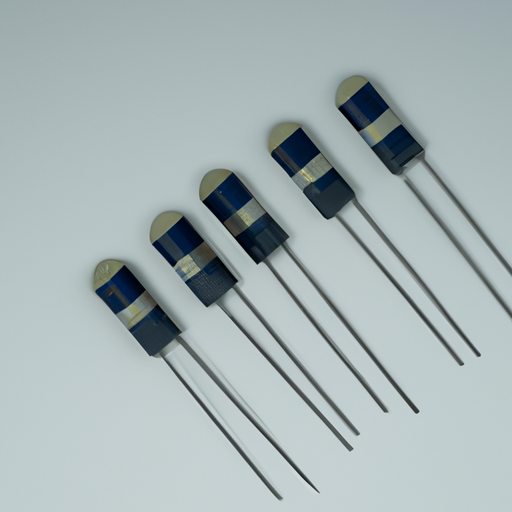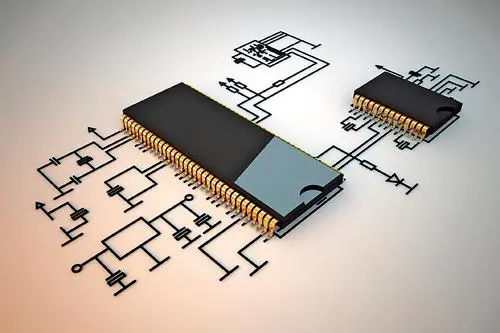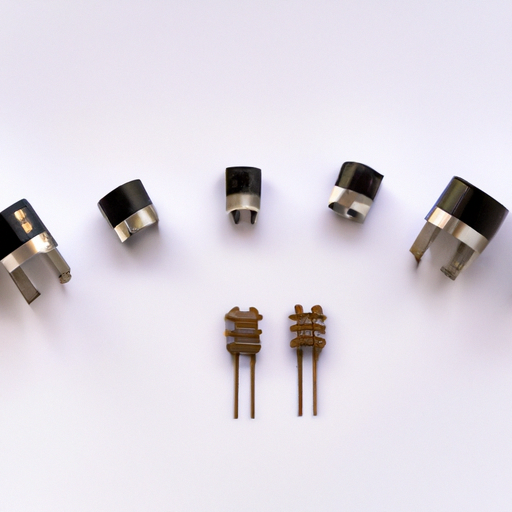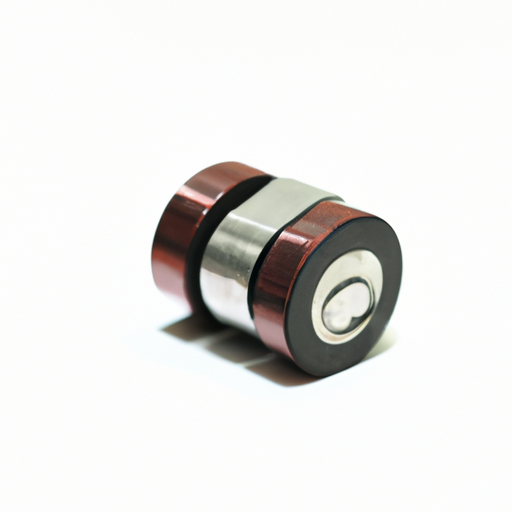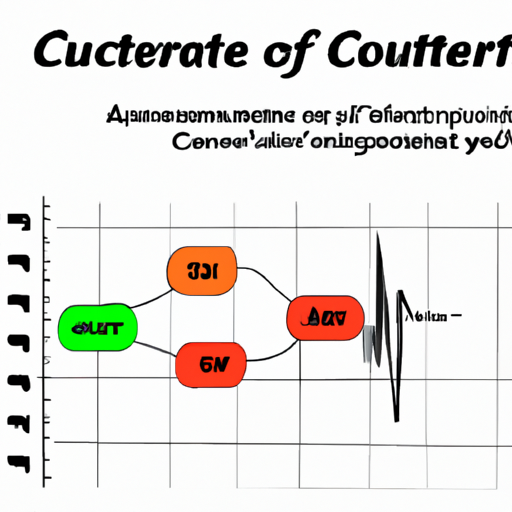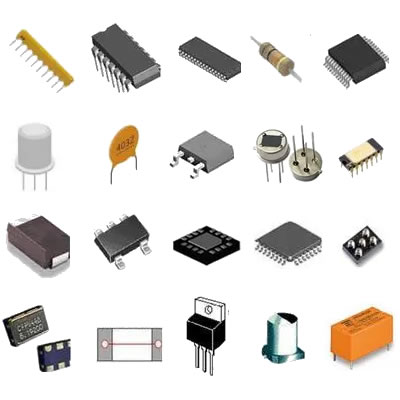What components and modules does a winding inductor contain?
What Components and Modules Does a Winding Inductor Contain?
I. Introduction
Inductors are fundamental components in electrical circuits, playing a crucial role in energy storage, filtering, and signal processing. A winding inductor, specifically, is a type of inductor that consists of wire wound around a core, creating a magnetic field when current flows through it. This blog post will explore the various components and modules that make up a winding inductor, shedding light on their functions and significance in electrical applications.
II. Basic Principles of Inductance
A. Explanation of Inductance
Inductance is the property of an electrical conductor that opposes changes in current. When current flows through a wire, it generates a magnetic field around it. If the current changes, the magnetic field also changes, inducing a voltage in the wire that opposes the change in current. This phenomenon is known as self-inductance.
B. Role of Magnetic Fields in Inductors
The magnetic field created by the current in the wire is essential for the operation of inductors. It is this magnetic field that stores energy when current flows through the inductor. The strength of the magnetic field—and thus the inductance—depends on several factors, including the number of turns of wire, the core material, and the geometry of the inductor.
C. Faraday's Law of Electromagnetic Induction
Faraday's Law states that a change in magnetic flux through a circuit induces an electromotive force (EMF) in that circuit. This principle is the foundation of inductance and is critical for understanding how inductors function in various applications.
III. Core Components of a Winding Inductor
A. Wire Windings
1. Types of Wire
The wire used in winding inductors is typically made from conductive materials such as copper or aluminum. Copper is preferred for its excellent conductivity and lower resistance, while aluminum is lighter and less expensive.
2. Gauge and Insulation Considerations
The gauge of the wire affects the current-carrying capacity and resistance of the inductor. Thicker wires (lower gauge numbers) can carry more current but may take up more space. Insulation is also crucial to prevent short circuits and ensure safety. Common insulation materials include enamel, PVC, and polyester.
3. Number of Turns and Its Effect on Inductance
The number of turns of wire around the core directly influences the inductance value. More turns increase the magnetic field strength, thereby increasing inductance. However, this also increases the physical size of the inductor and may introduce additional resistance.
B. Magnetic Core
1. Purpose of the Core in Enhancing Inductance
The magnetic core serves to concentrate and enhance the magnetic field generated by the wire windings. This increases the inductance and improves the efficiency of the inductor.
2. Types of Magnetic Cores
Air Core: An air core inductor has no magnetic material, relying solely on the air surrounding the windings. While it has lower inductance, it is often used in high-frequency applications due to minimal losses.
Ferrite Core: Ferrite cores are made from a ceramic material that is magnetically soft. They are commonly used in RF applications due to their high permeability and low losses at high frequencies.
Iron Core: Iron cores provide high inductance and are used in power applications. However, they can suffer from core losses due to hysteresis and eddy currents.
3. Core Material Properties and Their Impact on Performance
The choice of core material affects the inductor's performance, including its inductance value, efficiency, and frequency response. Materials with high magnetic permeability and low losses are preferred for optimal performance.
IV. Additional Components and Modules
A. Bobbin or Form
1. Function of the Bobbin in Winding
The bobbin or form is the structure around which the wire is wound. It provides mechanical support and helps maintain the shape of the inductor.
2. Materials Used for Bobbins
Bobbins can be made from various materials, including plastic, ceramic, or metal, depending on the application and required thermal properties.
B. End Caps and Terminals
1. Role in Electrical Connections
End caps and terminals are essential for making electrical connections to the inductor. They provide a secure interface for connecting the inductor to the circuit.
2. Types of Terminals and Their Significance
Terminals can be soldered, screw-type, or push-fit, and their design can affect the ease of assembly and reliability of the electrical connection.
C. Shielding
1. Importance of Electromagnetic Shielding
Shielding is crucial in preventing electromagnetic interference (EMI) from affecting the performance of the inductor and surrounding components. It helps maintain signal integrity in sensitive applications.
2. Materials and Methods for Shielding
Common shielding materials include copper, aluminum, and conductive plastics. Shielding can be achieved through various methods, including enclosing the inductor in a metal casing or using conductive coatings.
D. Insulation
1. Types of Insulation Materials
Insulation materials are vital for preventing short circuits and ensuring safety. Common types include enamel, PVC, and mylar, each with specific temperature ratings and dielectric properties.
2. Importance of Insulation in Preventing Short Circuits
Proper insulation is essential to prevent electrical arcing and short circuits, which can lead to component failure and safety hazards.
V. Design Considerations
A. Inductance Value Calculation
1. Factors Affecting Inductance
Several factors influence the inductance of a winding inductor, including the number of turns, core material, and geometry of the windings.
2. Formulas for Calculating Inductance
The inductance (L) can be calculated using the formula:
\[ L = \frac{N^2 \cdot \mu \cdot A}{l} \]
Where:
- \( N \) = number of turns
- \( \mu \) = permeability of the core material
- \( A \) = cross-sectional area of the core
- \( l \) = length of the magnetic path
B. Quality Factor (Q) and Efficiency
1. Definition of Q Factor
The quality factor (Q) of an inductor is a measure of its efficiency, defined as the ratio of its inductive reactance to its resistance at a given frequency. A higher Q indicates lower losses and better performance.
2. Importance of Minimizing Losses
Minimizing losses is crucial for improving the efficiency of inductors, especially in high-frequency applications where losses can significantly impact performance.
C. Thermal Management
1. Heat Generation in Inductors
Inductors can generate heat due to resistive losses in the wire and core losses in the magnetic material. Excessive heat can lead to component failure and reduced performance.
2. Methods for Heat Dissipation
Effective thermal management strategies include using heat sinks, improving airflow, and selecting materials with better thermal conductivity to dissipate heat efficiently.
VI. Applications of Winding Inductors
A. Power Supply Circuits
Winding inductors are commonly used in power supply circuits to filter out noise and smooth voltage levels, ensuring stable operation of electronic devices.
B. RF Applications
In radio frequency (RF) applications, inductors are used in tuning circuits, oscillators, and filters to control signal frequencies and improve performance.
C. Filters and Energy Storage
Inductors play a vital role in filter circuits, allowing specific frequencies to pass while blocking others. They are also used in energy storage applications, such as in switch-mode power supplies.
D. Transformers
Winding inductors are essential components of transformers, where they transfer energy between circuits through electromagnetic induction.
VII. Conclusion
Winding inductors are critical components in a wide range of electrical applications, from power supplies to RF circuits. Understanding the various components and modules that make up these inductors is essential for designing efficient and effective electrical systems. As technology advances, the design and materials used in inductors will continue to evolve, leading to improved performance and new applications in the future.
VIII. References
- "Inductor Basics" - Electronics Tutorials
- "Understanding Inductors" - All About Circuits
- "Designing Inductors for Power Applications" - IEEE Xplore
- "Electromagnetic Compatibility" - IEC Standards
This blog post provides a comprehensive overview of the components and modules of winding inductors, suitable for readers interested in electronics and electrical engineering. Each section can be further expanded with detailed examples, illustrations, and case studies to enhance understanding and engagement.

